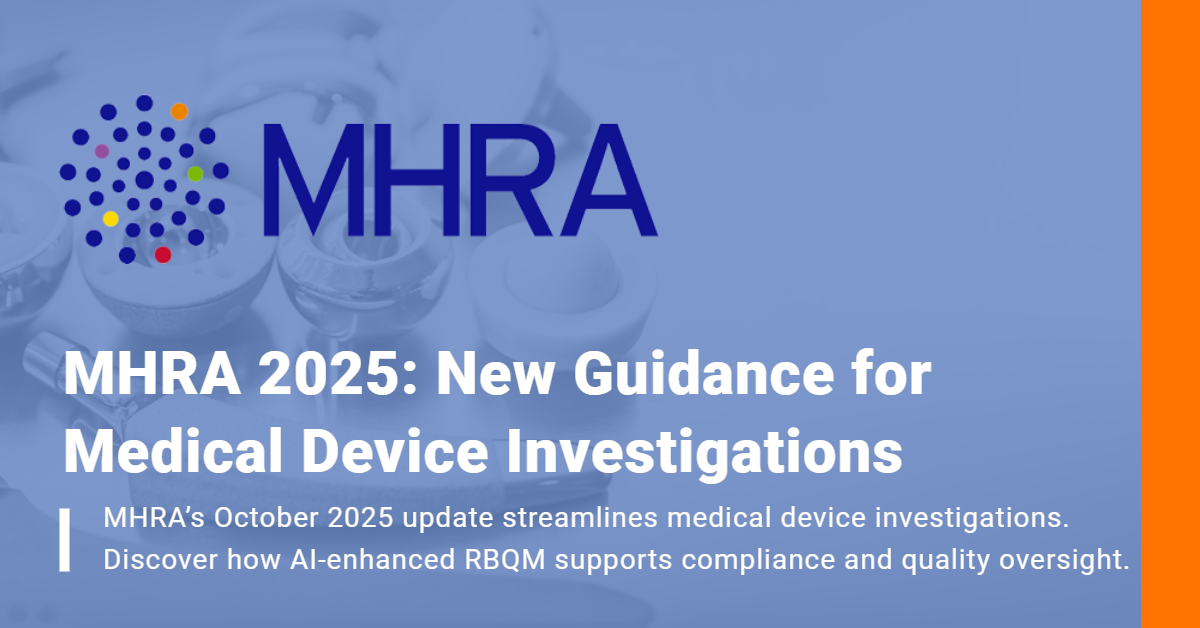Singular Spectrum Analysis (SSA) Algorithm for Superior Prediction Precision
Cyntegrity has implemented a powerful Machine Learning (ML) predictive analytics engine for ALL clinical metrics that are integrated in MyRBQM® Portal. Portal users can now benefit from the latest Machine Learning enhancements.
MyRBQM® Portal is recently equipped with a Machine Learning model that utilizes the powerful Singular Spectrum Analysis (SSA) for detecting patterns in long time series with few model assumptions. The newly implemented SSA algorithm shows superior prediction precision over the previously applied STL decomposition (Seasonal and Trend decomposition using Loess) for clinical trial data.
“With this achievement, Cyntegrity not only strengthens its position as a data science leader in the BioPharma market, but also facilitates clinical study teams with easy-to-use tools to perform sophisticated data analyses.”, said Artem Andrianov, CEO Cyntegrity.
Singular Spectrum Analysis (SSA)
Singular Spectrum Analysis is a modern–day forecasting technique that is used for a diverse range of time series—for example, in load forecasting (electric, gas, and water consumption), service centers (manpower, call centers, and customer support), and telecommunications (phone service, data centers, and web servers).
The newly implemented SSA algorithm combines ideas and methods of time series analysis, statistics, signal processing, and the bifurcation theory. Singular Spectrum Analysis is particularly valuable for long time series observed in clinical trials.
Time series data generally contain trends, cycles, anomalies, and other components, which are often difficult to visualize and discover in long time series. SSA effectively decomposes time series into three main spectral groupings:
- Seasonal variations
- Global trends
- Noise
These principal components help discover and understand the various patterns that the clinical time series contains. After retrieving each of these component series, the SSA algorithm models and forecasts them separately. It then aggregates the component series forecasts to ultimately forecast the original clinical metric under investigation.
SSA Versus Classical Time Series Forecasting Methods
The implementation of the novel SSA approach has replaced the previously applied STL decomposition used with the exponential time smoothing (ETS) model.
The forecasted values generated by the enhanced Machine Learning predictive analytics engine are now restored from the spectral information of the time series. Unlike the original noisy time series, the SSA generated forecasts are the sum of the principal components – narrow-band signals [1]. Whereas previously the forecasts were constructed from the weighted moving average after adjusting for the seasonal component by STL.
Benefits of SSA and Its Clinical Application
For that reason, the new predictive analytics model is far less sensitive to noise, the model better generalizes data, and provides narrower confidence intervals in long time series.
Many comparisons between Singular Spectrum Analysis and classic seasonal decomposition methods such as exponential time smoothing (ETS) have been done. Among other examples of SSA outperforming ETS, a use case, i.e. predicting ambulance demand, similar to one of its clinical applications is published by Vile et al. (2012):
“SSA produces superior longer-term forecasts (which are especially helpful for EMS planning), and comparable shorter-term forecasts to well-established methods.” [2][3]
About Machine Learning
Machine Learning (ML) is one form, a subset, of Artificial Intelligence (AI). It is a computer programming method that uses statistical probabilities to give algorithms the ability to “learn” without being explicitly programmed.
REFERENCES
[1] Keppenne, C. L. and M. Ghil (1993): “Adaptive filtering and prediction of noisy multivariate signals: An application to sub-annual variability in atmospheric angular momentum”, Intl. J. Bifurcation & Chaos, 3, 625–634.
[2] Vile JL, Gillard JW, Harper PR, Knight VA (2012): “Predicting ambulance demand using singular spectrum analysis”, J Oper Res Soc 63(11):1556–1565
[3] Golyandina N, Korobeynikov A, Zhigljavsky A (2018): “Singular Spectrum Analysis with R”, Springer-Verlag Berlin Heidelberg









